Last Christmas break, I really wanted to unwind a bit, so my girlfriend and I rented this cozy cabin in the woods to relax for the week, in the middle of the forest.

As I have a hard time sitting still, I thought it would be a significant change of pace if I would take out my camera and do a bit of 3D scanning.
Then, later on, try to set up my first scene in Clarisse iFX, a 3D program I bought a couple of months ago, but still didn't have had the chance to learn.
I shot around 40 images per 3D scan to get the right result, with my Fujifilm X-T20. After a couple of days of walking around in this forest, I had a beautiful collection to work with.
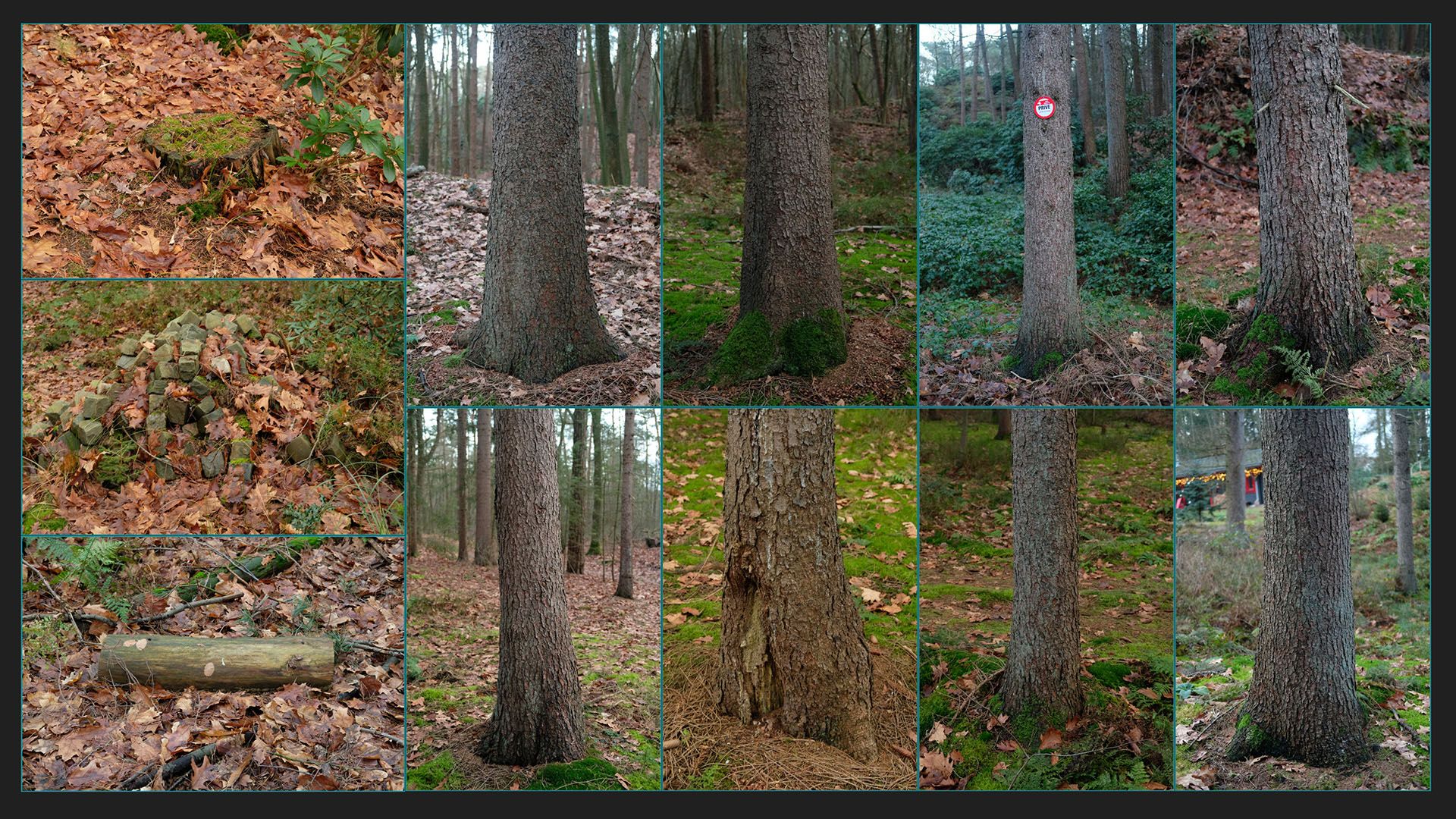
I did a bit of research into the current tools used for 3D scanning using photographs to see where the industry is and what would make the most sense for my use case.
I had three leading contenders, Agisoft Metashape, 3DF Zephyr, and Capturing reality.
For my use case, 3DF Zephyr was the best choice, they have a generous free version, and if I wanted to dive more in-depth a friendly pricing structure.
So the next day, I did a deep dive into 3DF Zephyr, and it was surprisingly easy to work with and quite quickly had some reliable results.
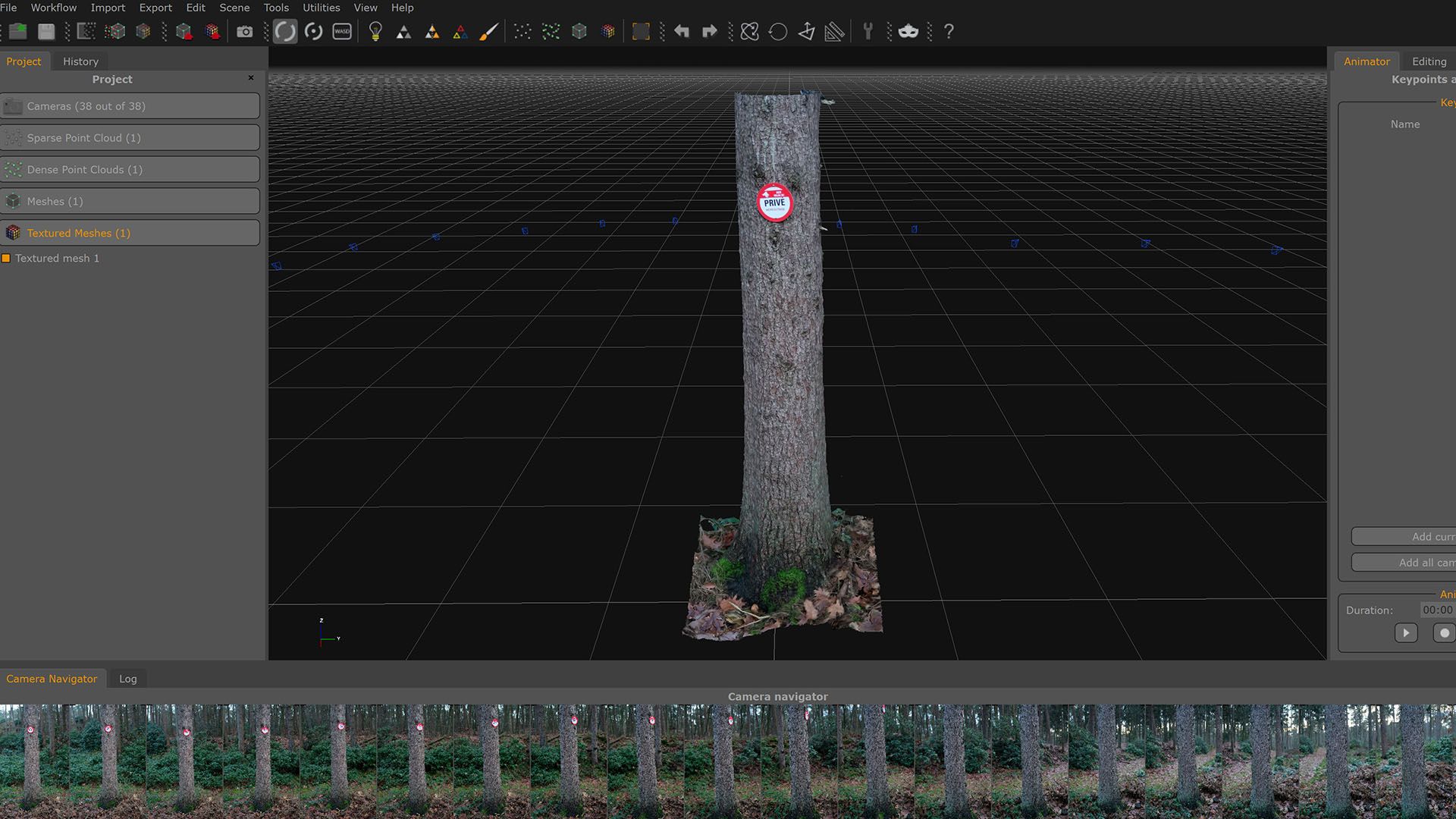
I did a quick check-up in Cinema 4D, before starting my first setup in Clarisse iFX.
After watching a couple of introductory tutorials, I felt comfortable working with Clarisse, and I could get started with creating this forest-like scene.
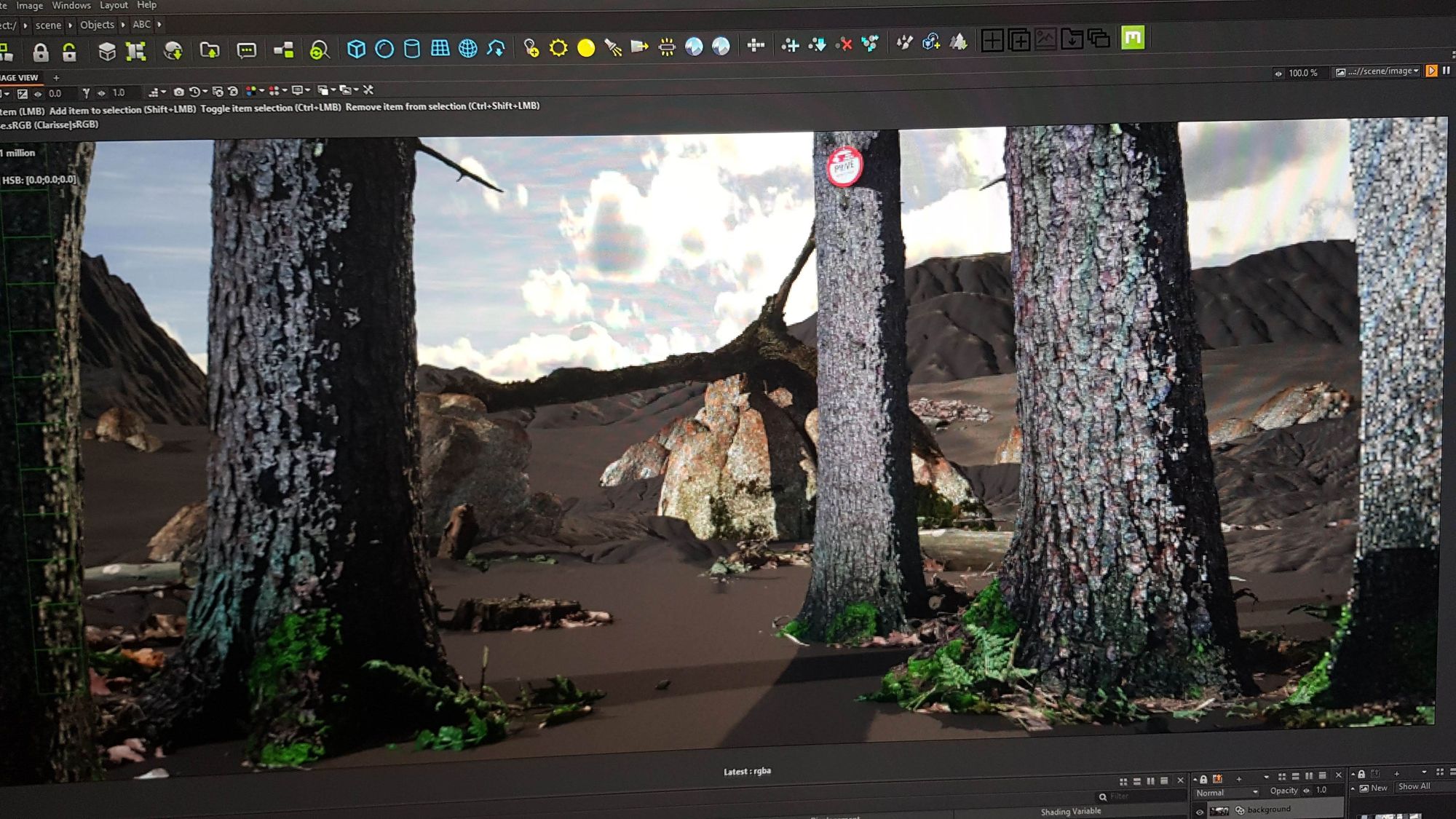
I collected a couple of references of concept art I found inspiring and used those throughout the process for a boost of inspiration.
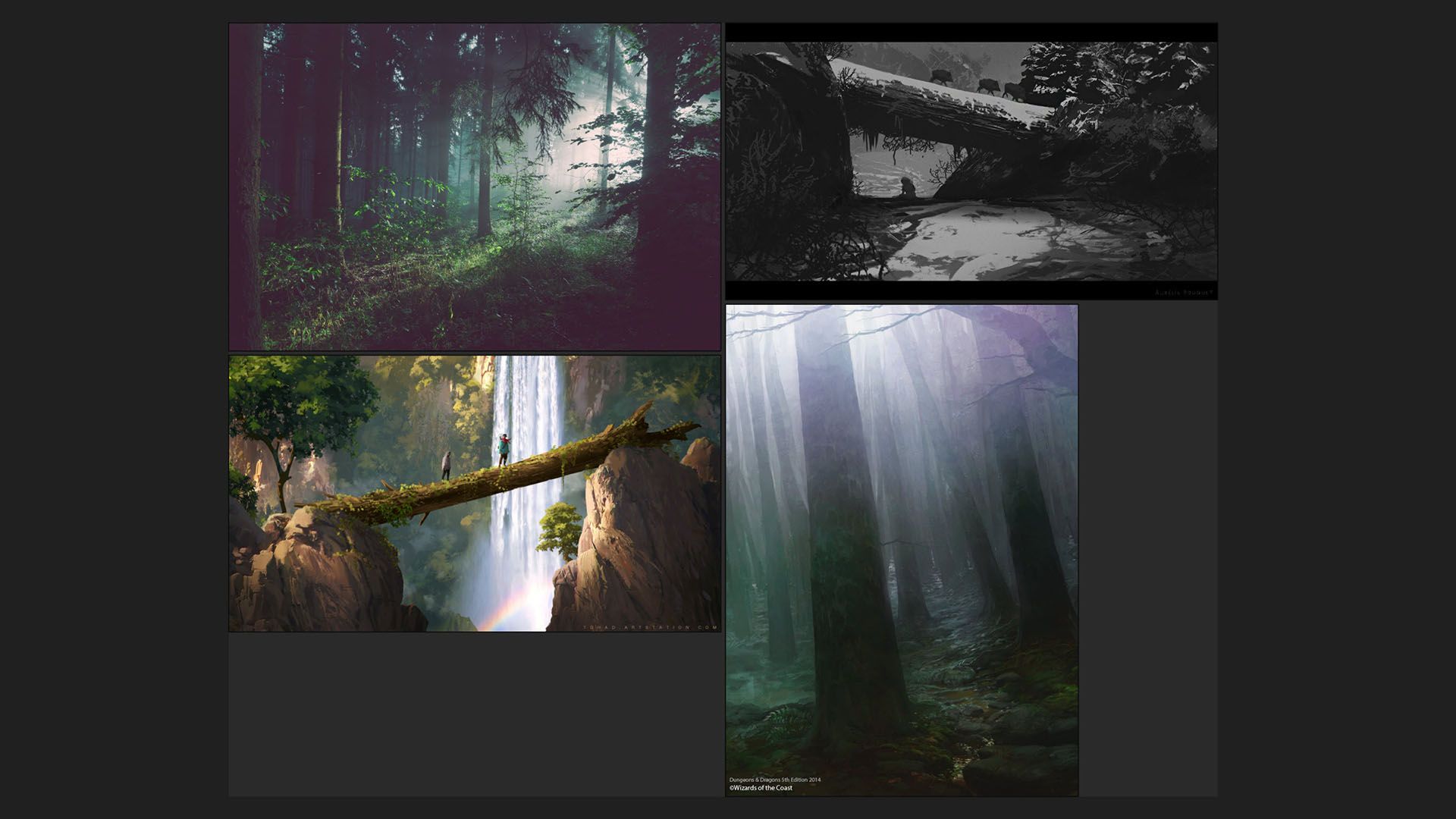
For the ground and the mountains in the back, I created a couple of landscape meshes in GAEA, although they fall entirely away in the dense forest.
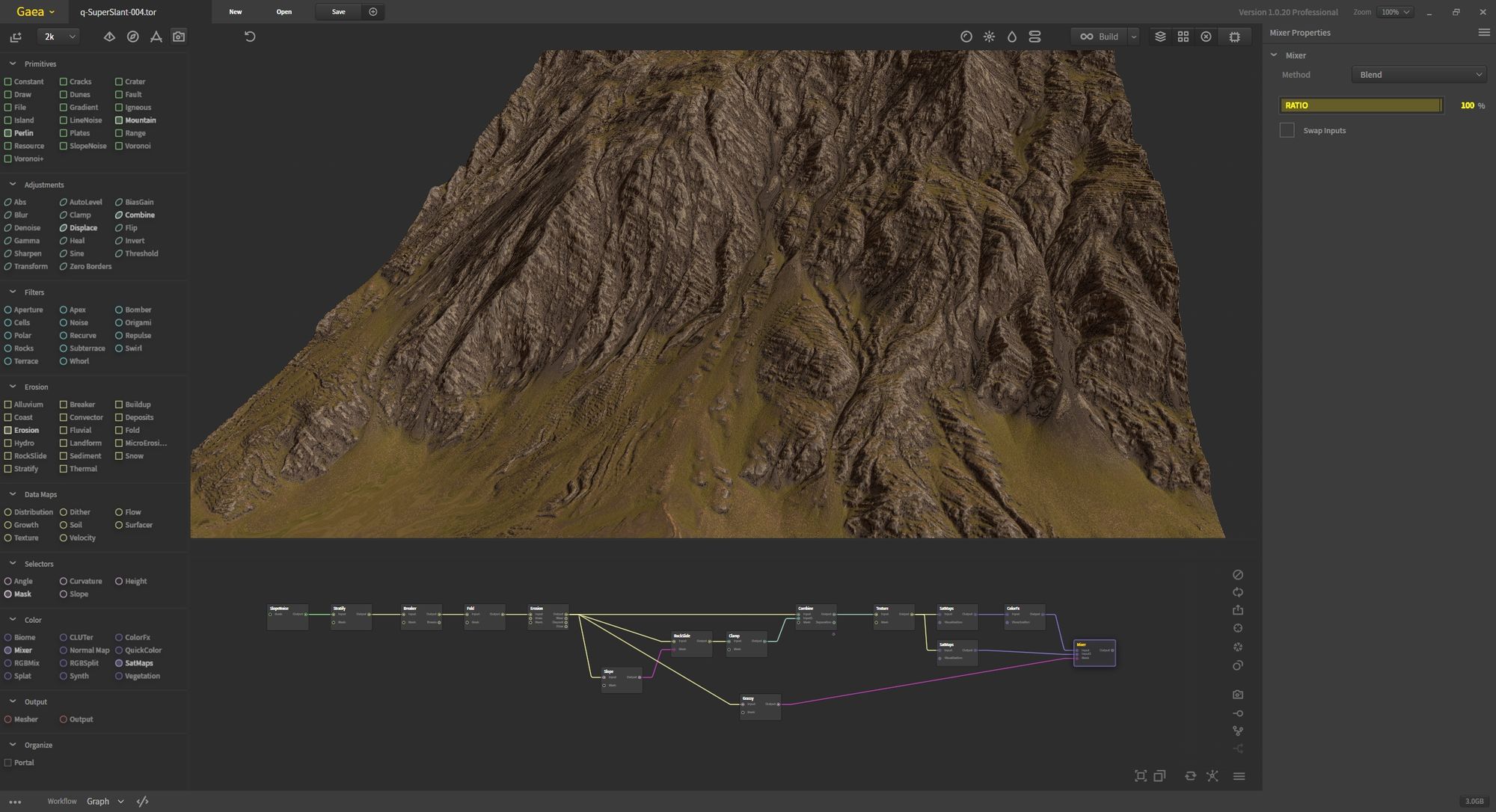
After using all my 3D scanned objects, the scene felt still a bit dry, so I added a couple of Megascans textures and objects to set dress it a bit more. I was surprised to see that the Megascans Bridge tools also had a correctly working plugin for Clarisse iFX.
The biggest joy of working with Clarisse iFX was lighting the scene for sure. Having billions of active polygons in the viewport and being able to instantly see all the changes was just such a joy.
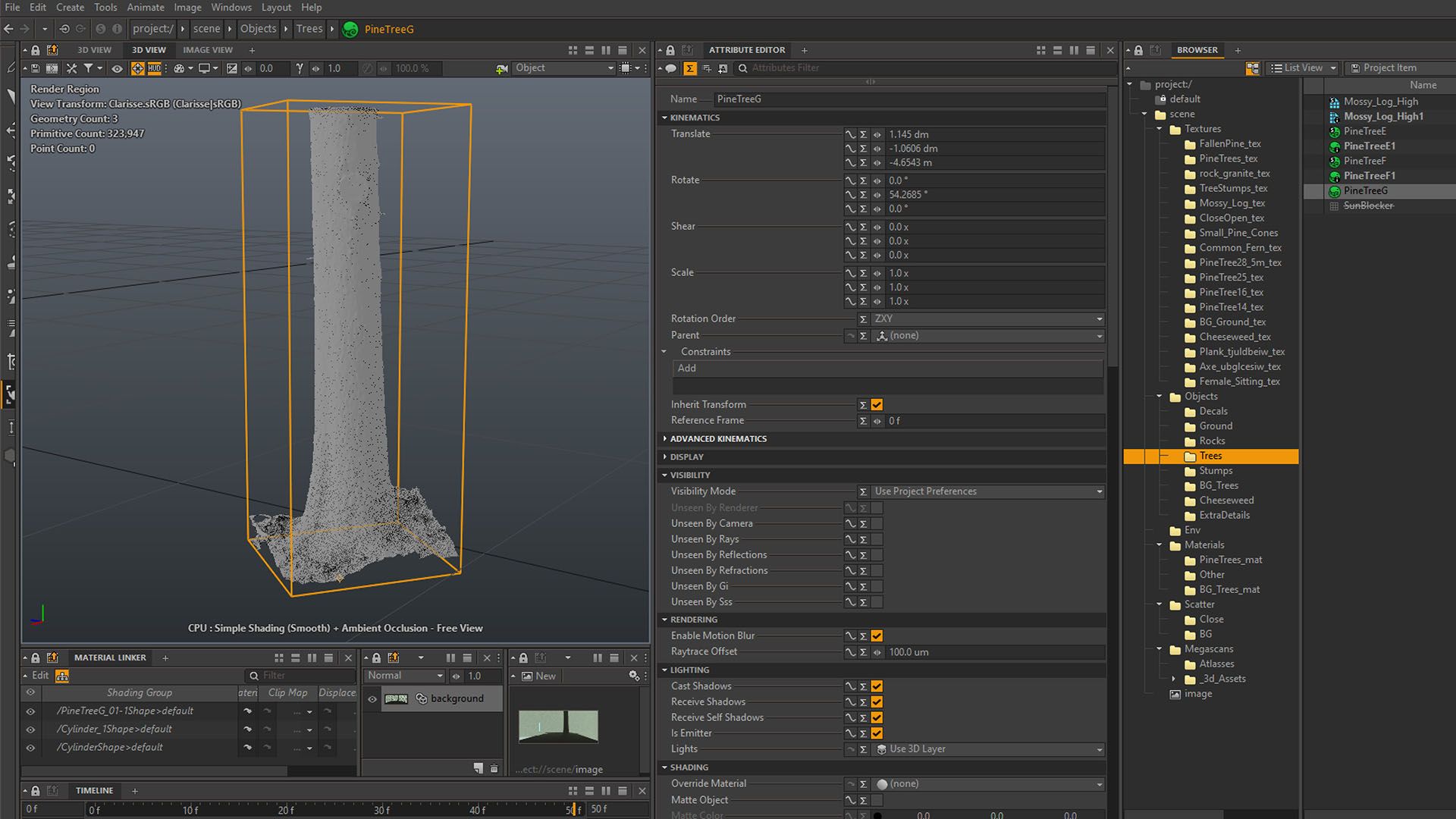
This is also the real strength of Clarisse iFX because it loads all the meshes and textures into your RAM memory. You work in an active rendering viewport, so you can always see what you are doing without a delay.
My rendering workflow has shifted towards GPU making the last five years, and Clarisse is a CPU-based render engine, which was kind of a bummer.
Although it seems like an excellent excuse to upgrade my CPU to one of those AMD beasts.
But for now, I try a couple of projects with render farms like Conductor before diving into those 64 core beast upgrades.
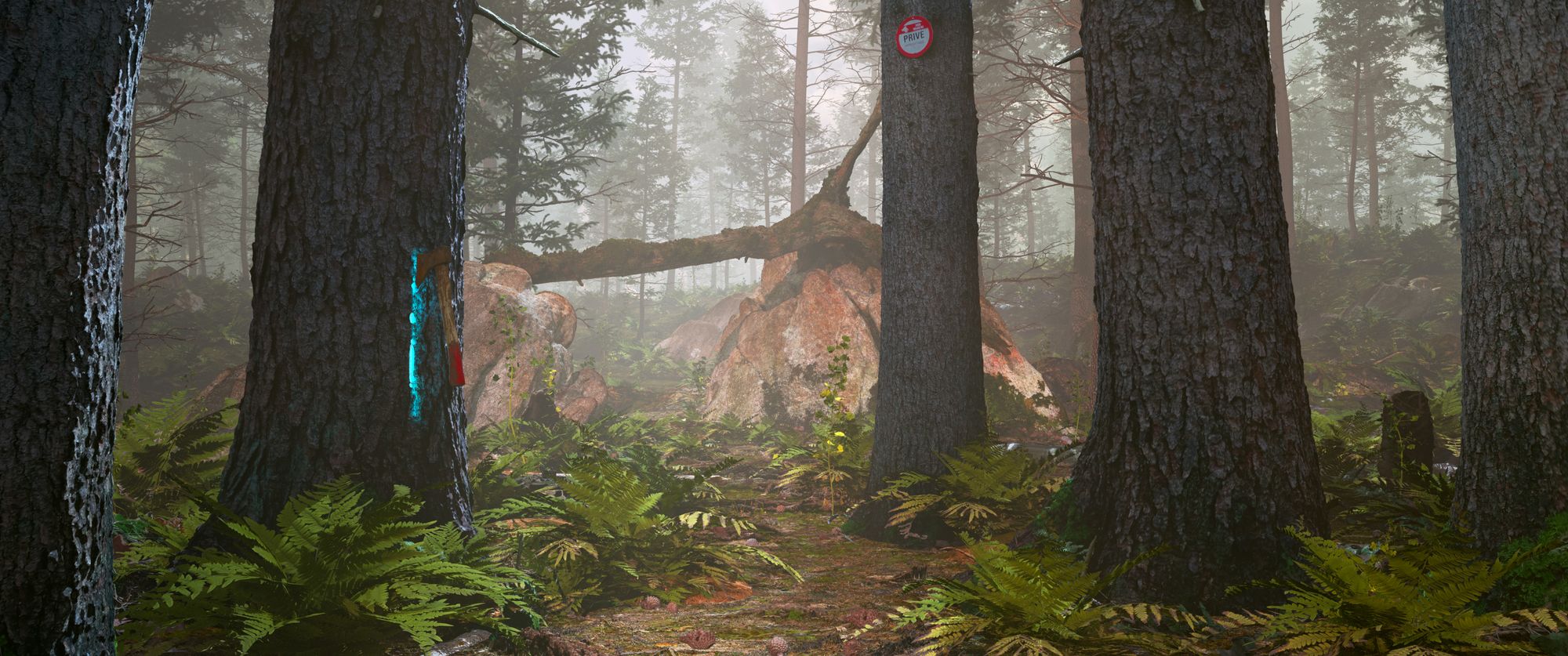





Join the conversation